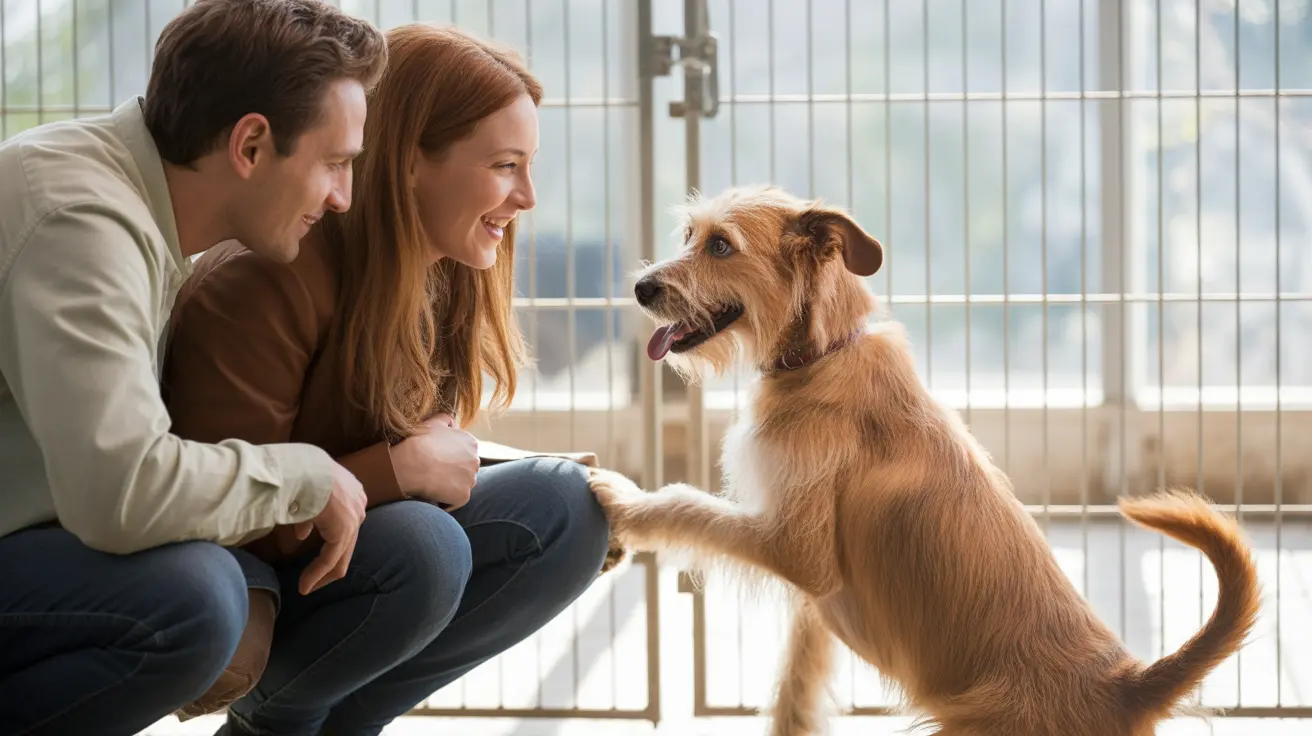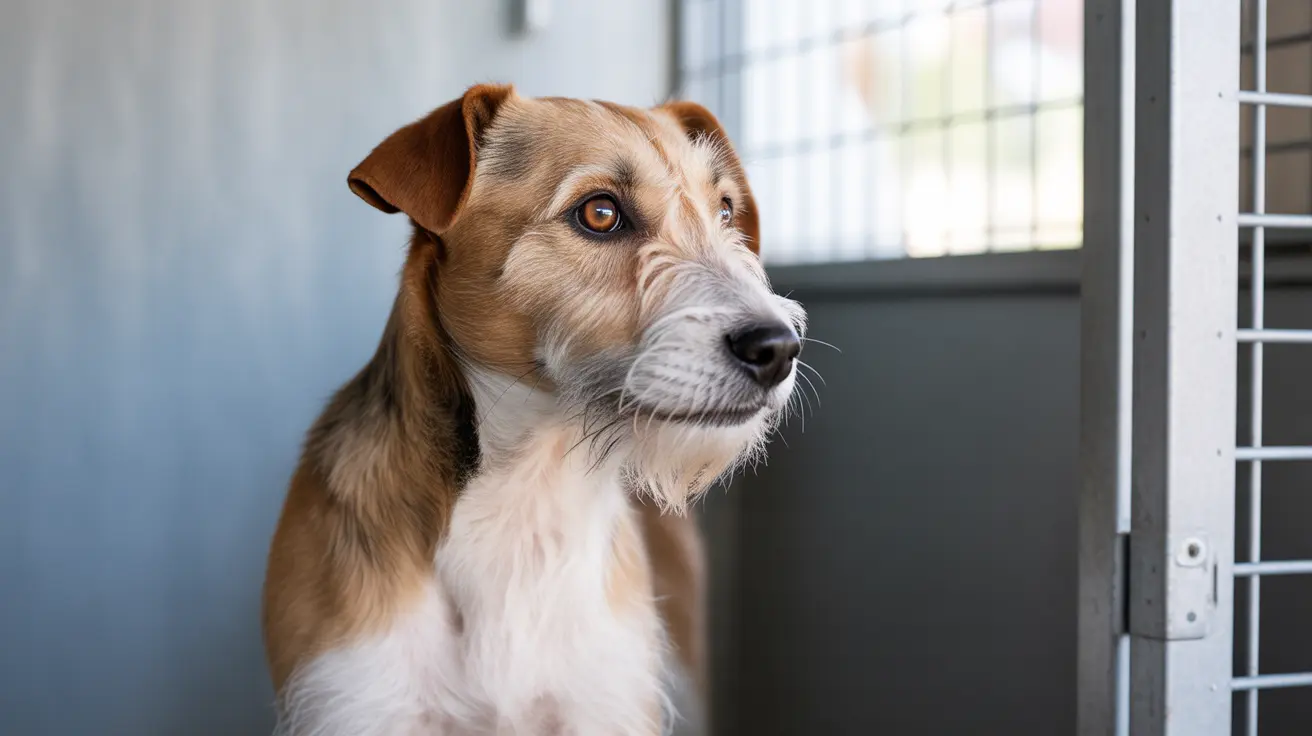Understanding Canicross: Running with Your Dog
Canicross blends cross-country running and teamwork between humans and dogs. If you've ever wanted to combine your love of running with your bond with your canine companion, this sport might be just what you need. Let's explore what makes canicross unique, how to get started, and why it's become so popular among dog lovers worldwide.
What Is Canicross?
The term "canicross" comes from the Latin word Canis (meaning dog) and "cross" for cross-country. In practice, canicross means running off-road while attached to your dog via specialized equipment. The dog usually runs in front, pulling slightly on a bungee leash connected to the runner's waist belt. Some people prefer their dogs beside them, but the classic style has the dog leading and responding to verbal cues.
Who Can Participate?
This sport welcomes all breeds, shapes, and sizes. Whether you have a speedy German Shorthaired Pointer or a determined Chihuahua, most healthy dogs can join in. It's essential to respect each dog's limits—small breeds may not match the speed of larger ones but still enjoy shorter runs. Dogs should be fully grown (typically 12–18 months old) before starting strenuous exercise. Older dogs can participate at their own pace, and even some disabled dogs enjoy canicross with veterinary guidance.
- Popular breeds: German Shorthaired Pointer, English Pointer, Belgian Malinois, Border Collie, Beauceron
- Mixed breeds: Alaskan Husky mixes, Greysters (Greyhound-pointer mix), family pets like Labradors or Beagles
- All experience levels: From seasoned runners to beginners motivated by their dog's enthusiasm
A Brief History of Canicross
The roots of canicross stretch back to Europe as off-season training for sled dogs. Over time, it evolved into its own sport across Europe, the UK, and more recently the United States. The first UK event occurred in 2000; national championships began in 2006/07. Today, events range from short sprints (about one mile) to endurance runs over 28 miles.
Sleddog organizations and dedicated clubs host events throughout Europe and North America. In the US—where it's sometimes called urban mushing or caniXC—the sport is growing thanks to groups like Canicross USA.
The Equipment You Need
- Harness: Specially designed for pulling without restricting breathing or movement
- Bungee leash: Six to ten feet long; absorbs shock when the dog pulls
- Belt: Worn low on the hips; distributes force safely for the runner
- Shoes: Trail-running shoes suited for off-road terrain
Avoid holding the leash by hand—it throws off balance and can cause injury. The right gear keeps both runner and dog comfortable and safe.
Training Your Dog for Canicross
If you're new to running with your dog, start slow. Begin with short sessions in distraction-free areas using treats and positive reinforcement. Teach basic obedience—especially comfort around other people and dogs—and introduce directional cues like "left," "right," "speed up," or "slow down." Practice line-out training (having your dog stand ahead on a taut line) and focus exercises before adding speed or distance.
- Build endurance gradually; don't rush into long runs.
- Select consistent voice commands; use them every session.
- Praise good behavior; reward pulling in harness but not on regular walks.
- Avoid roads; stick to trails or grassy fields for paw safety.
- Mental stimulation matters; vary routes to keep things interesting.
The Benefits of Canicross
This activity offers more than just exercise—it's about bonds and motivation. Many runners find that having their dog along encourages them to stay active. Dogs benefit from physical exertion, mental stimulation from new environments, and quality time with their favorite human.
- Mental enrichment: New smells and sights engage your dog's mind.
- Physical fitness: Both human and canine partners improve stamina.
- Camaraderie: Join local clubs or online communities for support.
Nutritional Needs & Recovery
A canicross dog's energy output is high—feed them one to two hours before running. Bring water along for longer outings; trail snacks help on extended adventures. Afterward, offer high-quality chews or food that supports muscle repair.
Tips for Getting Started Safely
- Consult your vet: Make sure your dog is fit enough for running sports.
- Pace yourself: Increase distance slowly over weeks—not days—to avoid injury.
- Avoid hot weather: Dogs overheat quickly; choose cool times of day or seasons.
- Manners matter: Only run off-leash if allowed; respect other trail users.
The Spirit of Canicross: Fun Over Competition
You don't need to race competitively—many people simply enjoy peaceful runs with their dogs through forests or parks. As long as you have proper equipment and pay attention to your dog's needs (and yours), canicross offers an accessible way to stay healthy together year-round—even in snow!
If you're looking for an energetic way to deepen your connection with your four-legged friend while staying active yourself, give canicross a try—you might both discover a new passion out on the trails!





